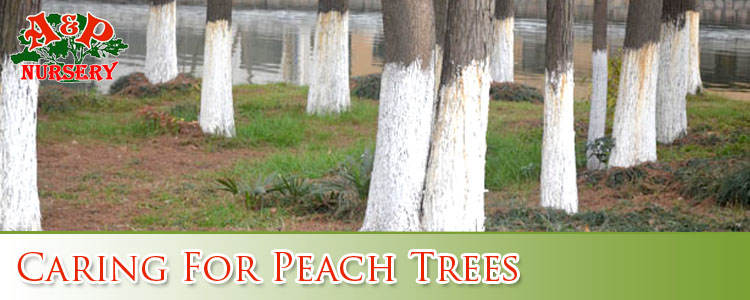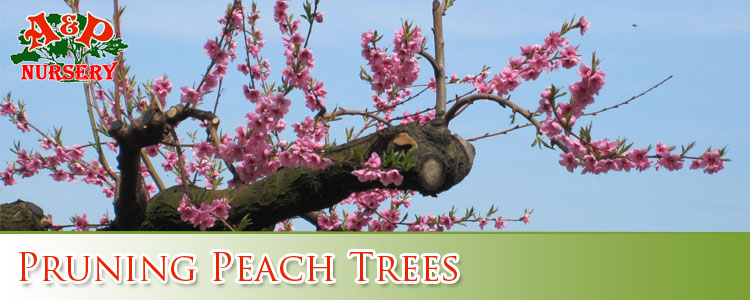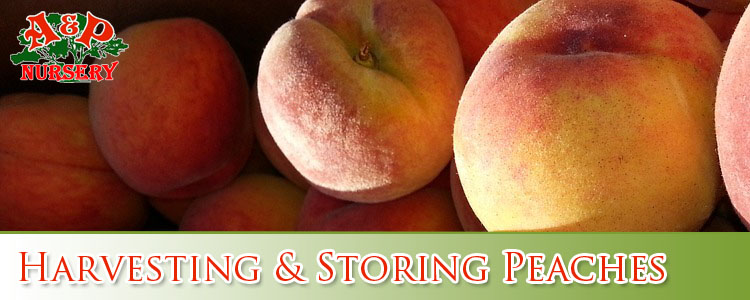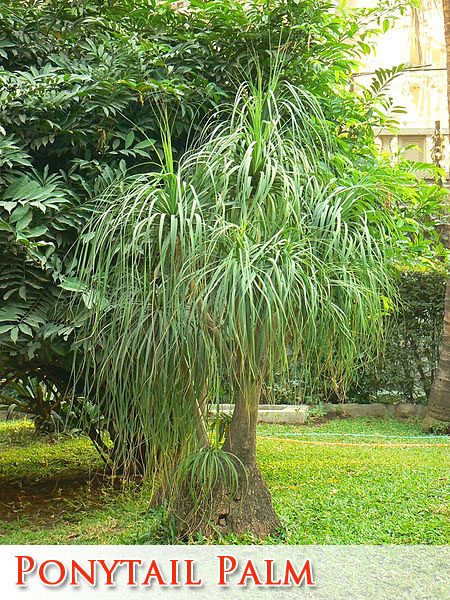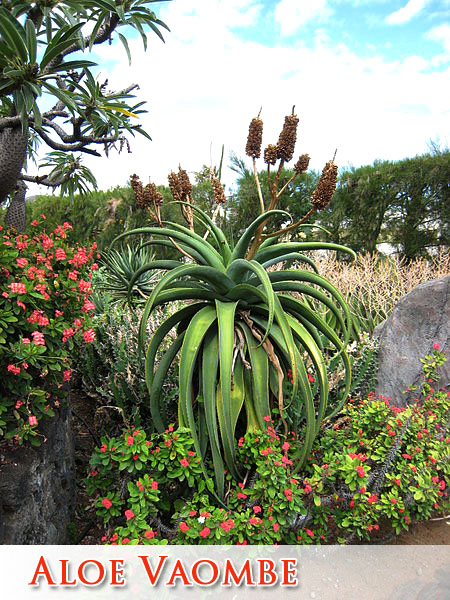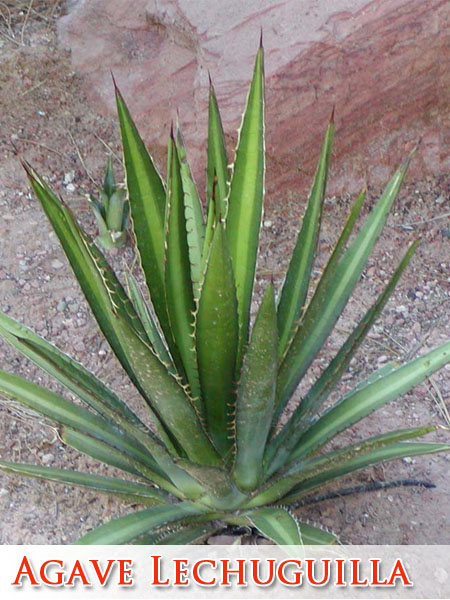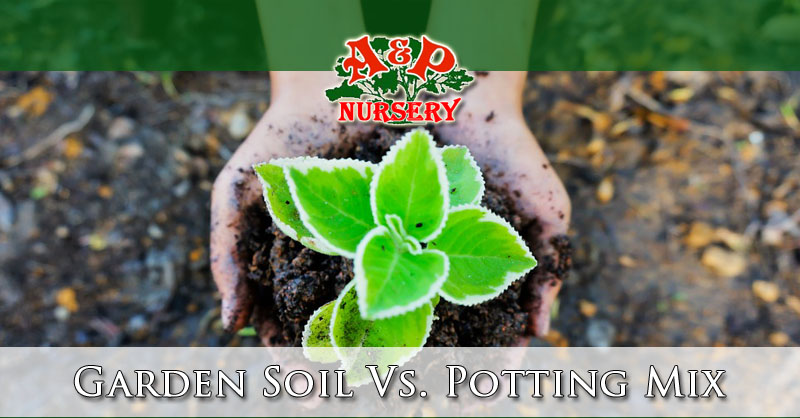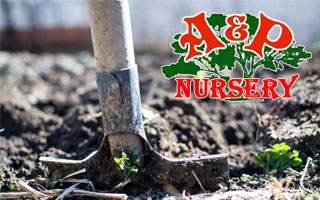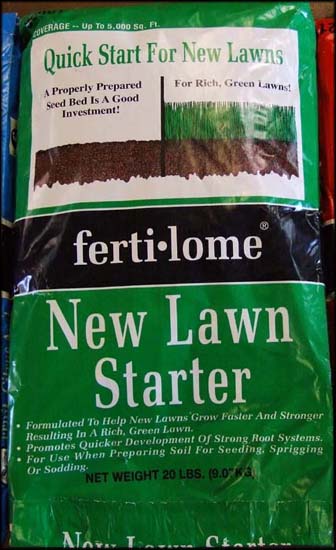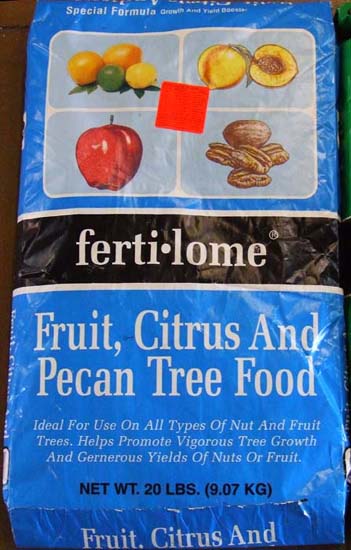If you are searching for the top 10 summer bedding plants this post is for you. Summer bedding plants don’t need to be marigolds and petunias. There are a lot of common bedding plants but there are also a lot of varieties of annual bedding plants that you can grow for color, height, and scent such as sweet pea to cornflowers to zinnias to Rudbeckia. There are some like geraniums and petunias that are perennials that are very frost tender, which will need to be treated like an annual and will need frost protection. There are others that are hardy annuals that you just place outside. Most all summer bedding plants can be grown from a seed, but there will be a lot work to grow them, from germination to pricking out the tiny seedlings. If you don’t have space or time for raising a seedling, then try bedding plug plants to start your garden quickly. It is easy to order your bedding plants online. Below are the best summer bedding plants.
Begoinas
This is a very versatile summer bedding plant. They are loved for their large, colorful blooms and the ability to thrive in shade and sun. They flower through the summer and do so until the first frost. Begonia bedding plants can be trailing or upright are great for beds, hanging baskets, window baskets, and borders. There are some varieties like the Non-Stop Mocca Begonia that has dark leaves that add some interest to the flowers. Tuberous Begonias may be lifted and stored during winter and will get much bigger every year where the semperfloren cultivars like the Lotto Mixed are just annual bedding plants.
Sweet pea
Sweet pea makes a great cottage bedding plant. Let them grow around netting, obelisks, or wigwams where they will reach heights of 6 feet or try the dwarf variety for ground cover on borders and in front of beds. They have a delightful fragrance and a variety of colors. Sweet pea is a great summer bedding plant and provide plenty of fragrant, gorgeous cut flowers during summer.
Busy Lizzie
If you have a shadier bed and borders, then Impatiens summer bedding plants will give you plenty of large flowers in plenty of colors from reds to white to pinks and purples. The New Guinea Impatiens has taken the place of Impatiens Walleriana because of the Busy Lizzie downy mildew, but they have the same characteristics. They have a long flowering period, bushy habit, and a preference for partial shade. They form big spreading plants and are great for ground cover in borders and beds or they can fill your patio containers with color to the first frost.
Geraniums
These are common bedding plants for a really good reason. They are sun loving, sturdy plants that are great for dry, hot conditions and will flower until the first frost. Pelagoniums, called Geraniums, are very versatile plants for summer that including upright, trailing and climbing varieties that are great for obelisks, borders, beds, hanging baskets and patio containers. They are mainly available in shades of red, pink, and white as well as bedding plants in shades of burgundy, lilac, and apricot.
Antirrhinum
This plant is loved for their flower spikes and long flowering period. Antirrhinums have a unique mouth-like flowers that will open when they are squeezed which make them a favorite for children. They come in a range of vibrant and strong colors. They will vary in height from the dwarf plants being 10 inches tall to the Royal Bride variety that reach 35 inches tall. Tall Antirrhinums or Snapdragons make great cut flowers and will add height to your borders and beds. The dwarf variety may be used in patio containers, beds and borders. If you are looking for a plant that attracts bees, then Snapdragons are the way to go as they are a good source of nectar and are popular with the bumble bee.
Lobelia
The dainty flowers of this plant will create unique waterfalls of color in containers and hanging baskets, or you can grow the upright varieties for edging your borders and beds. They have long flowering periods and are easy to grow, and they also compliment any summer bedding plan that you have and look great mixing with other types of plants in a hanging basket. Lobelia comes in shades of white, blue and purple. They are great if you are looking for annual bedding plants that are blue.
Petunia
This is a summer bedding plant that has exciting blooms. Petunias are quite popular for their large trumpet shaped flowers in a variety of bright patterns and colors such as picotees and stripes. These are half-hardy annuals that can be upright or trailing, and look great in hanging baskets, window containers or boxes, or in borders or beds. There are some petunias like Purple Tower that will train itself to climb frames. If you are looking for purple bedding plants, then petunias are the choice as they come in lilac-blue, deep purple, and mauve.
Rudbeckia
Rudbeckias or coneflowers are cheerful and robust bedding plants. They are great as late summer bedding plants, as they flower from July to October and add some fire to your annual displays with yellow, red, and orange colors. Varieties like Toto are great for patio containers and beds and the varieties like Cherry Brandy are great tall varieties work well in beds or borders or planted between shrubs and perennials. They look great in the garden and they also make great cut flowers for indoor vases.
Californian Poppy
If you are wanting vibrant colors, then you can’t beat the Californian Poppy. This is a very hardy annual that is grown in borders and beds and will self-seed, which create plenty of colors every year. Normally, they are orange, but new breeding has introduced colors of apricot, yellows, pinks and reds. They have silky blooms that are in neat clumps of blue-green foliage and will attract hoverflies and bees. They work well in dry, poor soil in full sun. Simply scatter the seeds where you want them and they will do the rest.
Cosmos
If you have been looking for a bedding plant that will attract bees, then you need Cosmos. These unique shaped flowers are on wiry, slender stems and are a good source of late nectar for any pollinating insects. They have fern like foliage which adds texture to bedding plans and works great in a cottage style border or bed. They mainly come in shades of white, pink and red, although Cosmos Sulphureus will provide fiery reds, yellows and oranges. They often bloom during mid-summer and will flower until mid-autumn. They also make unique cut arrangements for indoor vases.
Summer Bedding Plants Arizona
If you are looking to buy quality plants from local nurseries A&P Nursery has locally grown high quality nursery stock of bedding plants. Our plants are ready for your landscape and the heat of Arizona as they are grown locally. We carry a wide selection of bedding plants at our 4 locations in Mesa, Queen Creek, and Gilbert. Stop by or call today!
A & P Nursery
40370 N. Gantzel Rd.
Queen Creek, AZ 85240
480-655-5789
A & P Nursery
2645 W. Baseline Rd.
Mesa, Arizona 85202
480-839-5362
A & P Nursery
6129 E. Brown Rd.
Mesa, Arizona 85205
480-396-8800
A & P Nursery &
Lawnmower Shop
2601 E. Baseline Rd.
Gilbert, Arizona 85234
480-892-7939

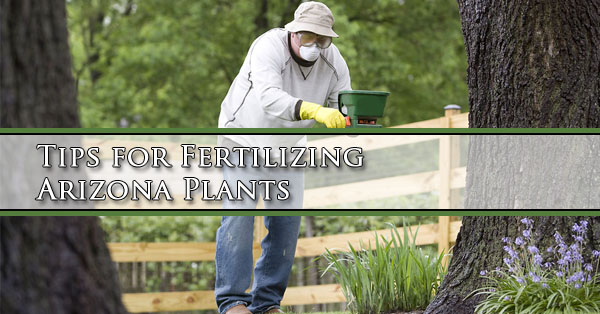
 A&P Moisture Mulch
A&P Moisture Mulch Bedding Plant Food
Bedding Plant Food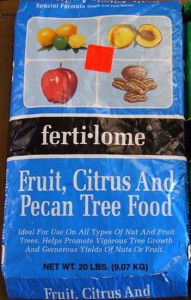 Fruit, Citrus and Pecan Tree Food
Fruit, Citrus and Pecan Tree Food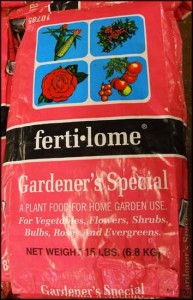 Gardener’s Special
Gardener’s Special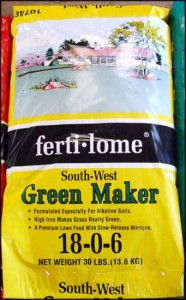 Green Maker
Green Maker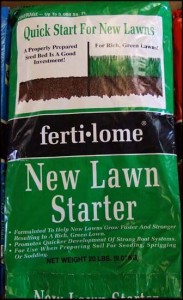 New Lawn Starter
New Lawn Starter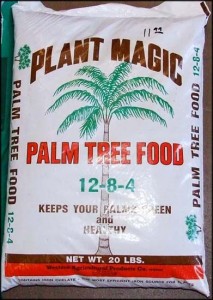 Palm Tree Food
Palm Tree Food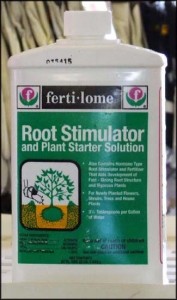 Root Stimulator
Root Stimulator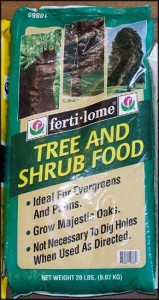 Tree & Shrub Food
Tree & Shrub Food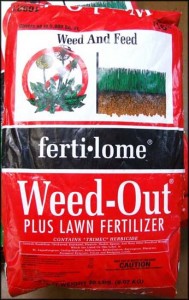 Weed-Out Lawn Fertilizer
Weed-Out Lawn Fertilizer

